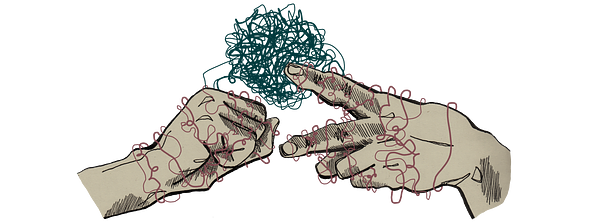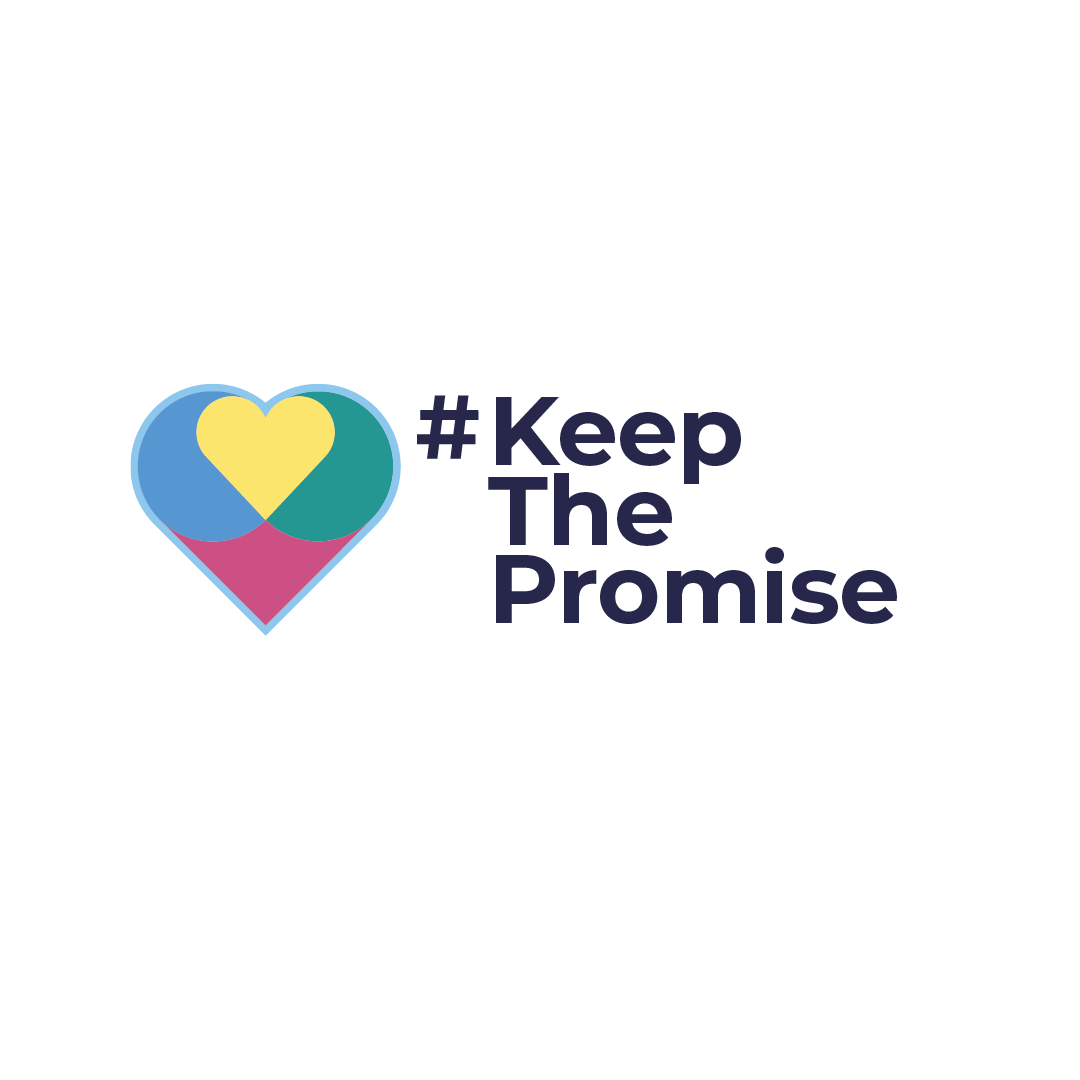Professionals and Practitioners
This digital resource tells the story of how our brains interpret the world around us and how this translates in our bodies, emotions and behaviours. It has been designed to be used by professionals working with young people interested in learning more about the science of conflict and boosting their wellbeing.

ACES and Trauma
Summary
- Adverse Childhood Experiences are potentially traumatic events that occur in childhood (between birth and 17 years of age).
- ACEs are linked to chronic health problems, mental illness, and substance use in adolescence and adulthood. ACEs can also negatively impact education, job opportunities, and earning potential.
- ACEs are caused by stress. There are three different types of stress: Positive, Tolerable and Toxic.
- Trauma is a person’s experience of emotional distress resulting from an event that overwhelms the capacity to emotionally digest it.
- There are three types of trauma: Acute, Chronic and Complex.
- Children can experience various types of trauma. Because their brain is still developing, children are particularly vulnerable to trauma.
- As serious as trauma is, healing is possible.
What are ACEs?
“ACEs” is an acronym for Adverse Childhood Experiences.
Adverse Childhood Experiences are potentially traumatic events that occur in childhood (between birth and 17 years of age).
This term was developed in the United States in 1995 by the Centre for Disease Control-Kaiser ACE Study. The study looked at the ‘prevalence and cumulative’ effect of seven different adverse childhood experiences:
· Domestic violence
· Parental substance misuse
· Parental mental illness
· Parental imprisonment
· Physical abuse
· Psychological abuse
· Sexual abuse
The 1995 study found:
1. Two thirds of the participants reported having at least one ACE and one in five reported having three or more.
2. As the number of ACEs experienced increased, so did the risk of negative outcomes in adulthood:
a. increased risk of alcoholism, drug use, depression and suicide attempts.
b. increased smoking, poor self-rated health, number of sexual partners, and sexually transmitted diseases.
c. increase in physical inactivity and severe obesity.
d. increased likelihood of heart disease, cancer, chronic lung disease, skeletal fractures, and liver disease.
ACEs are linked to chronic health problems, mental illness, and substance use in adolescence and adulthood. ACEs can also negatively impact education, job opportunities, and earning potential.
What about in Scotland?
Since the idea of ACEs was developed, similar studies have been conducted in the UK. While a major ACE survey specific to Scotland hasn’t yet been conducted, the Scottish Health Survey 2019 provides information on ACEs in Scotland. Key findings included:
· One in seven adults reported four or more ACEs.
· Verbal abuse was the most common ACE reported.
· Those in the most deprived areas were almost twice as likely than those in the least deprived areas to experience four or more ACEs.
· Adults with four or more ACEs were less likely to have a degree level qualification or higher.
· Those with four or more ACEs were significantly more likely to suffer from obesity, cardiovascular heart disease, a limiting long-term condition, and a lower mental wellbeing score as well as having a higher prevalence of hazardous / harmful drinking behaviour.
· Those with four or more aces were significantly more likely to be a current smoker and not meet physical activity guidelines.
In the original American study there were seven categories of ACEs, but there are actually many more possible ACEs. ACEs can be any traumatic event or situation where a child experiences some sort of intense, sustained stress.
We can consider ACEs under three categories:
1. Abuse
· Emotional/psychological
· Physical
· Sexual
2. Neglect
· Emotional
· Physical
3. Household dysfunction
· Death of a family member
· Financial hardship
· Having a family member in prison
· Living with someone with alcohol/drug addiction
· Living with someone with mental illness
· Living with someone with physical illness
· Parental divorce
· Witnessing violence
As serious as trauma is, healing is possible.
How do ACEs Affect the Brain?
ACEs are caused by stress. There are different types of stress. Our stress response is a physiological response to the stressor that causes changes in the body and may determine our reactions.
1. Positive Stress
Normally, when we encounter stress, we have a positive stress response. This kind of stress is short-lived and mild. We are able to have a positive response as a child if we have the support of a caregiver. With the caregiver’s help, the physiological response that occurs during the stressful event returns to baseline. Experiencing positive stress responses in childhood build motivation, resilience and self-confidence. These experiences may not necessarily be negative; they may just cause temporary stress, such as meeting a new person for the first time.
2. Tolerable stress
Tolerable stress is more severe than positive stress and lasts longer. The physiological response is therefore greater and it can take longer for the child to recover. These can be negative experiences such as the loss of a loved one. The child can overcome tolerable stress with the right support and nurturing without any permanent damage.
3. Toxic Stress
Toxic stress is a long-term activation of the stress response without the support of a caregiver. These are prolonged traumatic life events that extend over a period of time such as abuse and neglect. Toxic stress causes changes in the brain Increased cortisol levels cause damage to the hippocampus and impairs hippocampus-dependent learning and memory; it has also been linked to mood disorders. The amygdala is overactivated in response to stress, which in turn has been connected to feelings of anxiety.
What is trauma?
Psychology Today defines trauma as:
The word “trauma” literally means wound, shock, or injury. Psychological trauma is a person’s experience of emotional distress resulting from an event that overwhelms the capacity to emotionally digest it. The precipitating event may be a one-time occurrence or a series of occurrences perceived as seriously harmful or life-threatening to oneself or loved ones. People process experiences differently, and not everyone has the same reaction to any event; what one person experiences as trauma may not cause distress for another.
There are three main types of trauma: Acute, Chronic and Complex
- Acute trauma results from a single incident.
- Chronic trauma is repeated and prolonged such as domestic violence or abuse.
- Complex trauma is exposure to varied and multiple traumatic events, often of an invasive, interpersonal nature.
‘Early childhood trauma’ generally refers to the traumatic experiences that occur to children ages between birth and six-years-old.
Because their brain is still developing, children are particularly vulnerable to trauma. When experiencing trauma, a child’s brain is in heightened state of stress; fear-related hormones are released.
A child’s brain remains in a heightened state of stress when he or she has been exposed to chronic trauma, like abuse or neglect. Once in survival mode, the emotional, behavioural and cognitive functioning of the child will remain in a heightened state. If a young person’s trauma is untreated, their future behaviour, emotional development, mental and physical health will be impacted adversely.
PTSD and Young People
The NHS website defines Post-Traumatic Stress Disorder (PTSD) as:
a mental health condition caused by very stressful, frightening or distressing events.
PTSD has the potential to have a significant and ongoing impact on the day-to-day life of a person affected by it. Isolation, irritability and guilt are common behaviours exhibited by someone with PTSD. They often relive the event that caused the trauma through nightmares and flashbacks.
Children as well as adults can be affected by PTSD. Symptoms are similar and include insomnia or, if they do get to sleep, nightmares. Children can stop enjoying activities they previously pursued. PTSD can also manifest in children as headaches or stomach aches.
Other symptoms children with PTSD exhibit include:
· difficult behaviour.
· avoiding discussion, memories or anything relating to the traumatic event.
· re-enacting the traumatic event through their play over and over.
How PTSD changes the brain
1. The amygdala is over-active. The amygdala is a part of the brain which detects emotions. It can link sensory information to emotional responses. Someone affected by PTSD may seem ‘emotional’ to others.
2. One part of the brain responsible for memory and emotions is known as the hippocampus. Stress hormones kill cells in the hippocampus that process emotion. In people with PTSD, the hippocampus can appear smaller in size. Changes in this part of the brain may be related to fear and anxiety, causing fractured memories, memory loss, or intrusive memories. This makes it harder for the brain to tell the difference between past and present (which manifests as flashbacks). The feeling of your brain experiencing traumatic memories can feel as if the traumatic event is happening again. For a person affected by PTSD, the connection between the hippocampus and amygdala gets stronger which keeps that cycle of fear current.
3. The prefrontal cortex shrinks; that’s the part of the brain that regulates our thoughts, actions and emotions. That ability to regulate is disrupted constantly by the brain reverting to the ‘fight or flight or freeze’ response. The more we use a part of the brain the more those pathways grow, the less we use it the less it grows. As time goes on, if PTSD is not treated, it makes it harder to remind ourselves that the danger is not real and to think clearly and rationally.
4. Stress hormones keep the body locked into hyperarousal (which is defined as ‘an abnormal state of increased responsiveness to stimuli that is marked by various physiological and psychological symptoms, such as increased levels of alertness and anxiety and elevated heart rate and respiration’). Eventually, the person affected by PTSD gets adrenal fatigue and suffers shutdown. This leads to a lot of strain on the body, in turn causing problems with physical health.
How can we reverse the effects of trauma?
As serious as trauma is, healing is possible.
Neuroplasticity refers to the brain’s ability to ‘rewire’ itself in response to learning and new experiences, an ability we possess throughout our lives.
Stressful situations can imprint traumatic responses onto our brain but its neuroplasticity means that the possibility exists to challenge and change responses triggered by PTSD.
There a number of therapies that those affected by PTSD can undertake. It usually includes some form of psychotherapy with a trained therapist to guide the process. These therapies include:
· Cognitive Behavioural Therapy (CBT) A talking therapy that can helps manage problems by changing the way a person thinks and behaves.
· Cognitive Processing Therapy (CPT). Works towards changing beliefs formed in the wake of a traumatic event.
· Prolonged Exposure Therapy (PE) A specific type of cognitive behavioural therapy that teaches individuals how to gradually tolerate trauma-related memories by working through triggers in a safe space.
· Eye Movement Desensitization and Reprocessing (EMDR) Using eye movements, rhythmic tapping and a low-frequency rhythm, EMDR induces a state that’s similar to slow-wave sleep to disable fear receptors.
Self-care strategies can play a role as part of therapy. Therapy can be aided by healthy diet, getting a full night’s sleep (if possible), moderate exercise, and practicing mindfulness or meditation.
The NHS can also prescribe selective serotonin reuptake inhibitors (SSRIs) for anxiety, depression, and sleep disturbances associated with PTSD.
References and Further Reading
- Adverse Childhood Experiences: What everyone needs to know. Centre for Child Counselling, 2023.
- Aces and Toxic Stress: Frequently Asked Questions. Center on the Developing Child, Harvard University, 2023.
- The Scottish Health Survey: 2019 Edition. Scottish Government, 2020.
- What is Toxic Stress? Centre for Youth Wellness, 2018.
- Toxic Stress: Effects, Prevention and Treatment by Hilary A. Franke. National Library of Medicine, 2014.
- Fast Facts: Preventing Adverse Childhood Experiences. Centers for Disease Control and Prevention, 2023.
- Post-trauma brain: A commentary on functional brain alterations after trauma and implications to posttraumatic stress disorder by Yana Lokshina1, Jony Sheynin and Israel Liberzon. Current Research in Psychiatry, 2021.
- Trauma. Psychology Today, 2023.
- Trauma Informed Care. Missouri’s Early Care and Education, 2023.
- Overview: Post-Traumatic Stress Disorder. NHS, 2022.
- Healing from Childhood Trauma: The Roles of Neuroplasticity and EMDR by Nancy Lovering. PsychCentral, 2022.
Useful videos
- How Trauma and PTSD Change the Brain.
- Adverse Childhood Experiences.
- Adverse Childhood Experiences (ACEs): Impact on brain, body and behaviour.
- Adverse Childhood Experiences (NHS).





